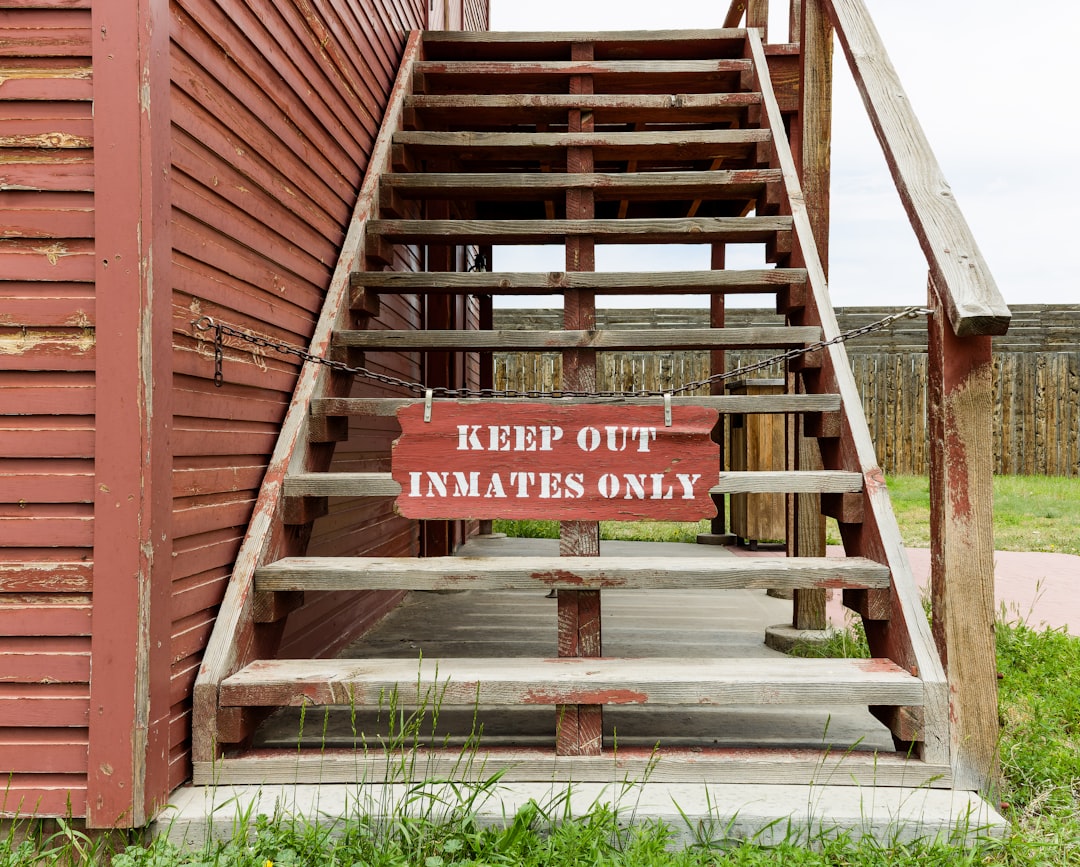Antarctica, the southernmost continent, is a land of stark beauty and extreme conditions, drawing adventurers, scientists, and tourists alike. Its icy landscapes, unique wildlife, and the allure of exploration make it a destination like no other. However, reaching this remote region is not without its challenges.
Navigating to Antarctica requires careful planning and consideration of various factors, including the chosen route, weather conditions, and the type of vessel used for the journey. As interest in Antarctic expeditions continues to grow, understanding the different pathways to this frozen frontier becomes increasingly important. The journey to Antarctica is not merely a physical endeavor; it is also a test of endurance and resilience.
Travelers must be prepared for the unpredictable nature of the Southern Ocean and the formidable Drake Passage, which serves as a gateway to the continent. With multiple routes available, each offering its own set of challenges and experiences, prospective travelers must weigh their options carefully. This article will explore the various routes to Antarctica, highlighting the unique characteristics of each and providing insights into the considerations that should guide travelers in their decision-making process.
Key Takeaways
- Navigating to Antarctica presents unique challenges due to its remote location and harsh weather conditions
- The Drake Passage is known for its rough seas and challenging sailing conditions, making it a difficult route to Antarctica
- Alternative routes to Antarctica include the South Pacific, South Atlantic, and Indian Ocean routes, each with its own advantages and challenges
- Considerations for choosing a route to Antarctica include weather and climate factors, distance and time considerations, and safety and comfort
- When choosing a route to Antarctica, it is important to prioritize safety and comfort while also considering the specific needs and preferences of the travelers
The Challenge of the Drake Passage
The Drake Passage is often regarded as one of the most treacherous stretches of water in the world. Located between South America and Antarctica, it is notorious for its rough seas and unpredictable weather patterns. The passage can be a daunting experience for even the most seasoned mariners, with waves that can reach heights of over 30 feet during storms.
For travelers heading to Antarctica, crossing the Drake Passage is often an unavoidable part of the journey, making it essential to understand its challenges. Navigating the Drake Passage requires not only a sturdy vessel but also a strong constitution. Many travelers experience seasickness due to the turbulent waters, which can lead to discomfort during the crossing.
However, for those who brave the journey, the rewards are significant. The passage offers stunning views of marine life, including whales and seabirds, and serves as a reminder of the raw power of nature. Despite its challenges, crossing the Drake Passage is often seen as a rite of passage for those venturing to Antarctica.
Alternative Routes to Antarctica

While the Drake Passage is the most commonly traveled route to Antarctica, there are alternative pathways that can be considered. These routes may offer different experiences and may be more suitable for certain travelers depending on their preferences and circumstances. Exploring these alternatives can provide valuable insights into how one might approach their journey to this remote continent.
This route may appeal to those who are concerned about rough seas or who prefer a more leisurely approach to their Antarctic adventure. Additionally, there are options that involve navigating through the South Atlantic or even utilizing routes through the Indian Ocean.
Each alternative presents its own unique set of challenges and benefits, making it essential for travelers to consider their options carefully.
The South Pacific Route
| City | Distance (miles) | Flight Time (hours) |
|---|---|---|
| Sydney | 7,500 | 15 |
| Auckland | 6,200 | 13 |
| Los Angeles | 6,800 | 14 |
| Tahiti | 4,500 | 9 |
The South Pacific route to Antarctica is often favored by those seeking a more tranquil journey. This pathway typically involves departing from ports in New Zealand or Australia and navigating through calmer waters before reaching the Antarctic region. The South Pacific offers stunning vistas of islands and marine life along the way, providing travelers with a scenic backdrop for their adventure.
One of the key advantages of this route is its potential for smoother sailing. The waters in this region are generally less turbulent than those found in the Drake Passage, making it an appealing option for individuals who may be prone to seasickness or discomfort during rough crossings. Additionally, this route allows for opportunities to explore various islands and coastal regions before arriving in Antarctica, enriching the overall travel experience.
The South Atlantic Route
The South Atlantic route presents another viable option for reaching Antarctica, particularly for those departing from South America. This pathway typically involves setting sail from ports in Argentina or Uruguay and navigating through the South Atlantic Ocean before arriving at the Antarctic Peninsula. The South Atlantic route offers its own unique charm, with opportunities to witness diverse wildlife and breathtaking landscapes along the way.
Travelers choosing this route may find themselves captivated by the beauty of coastal cities such as Ushuaia, often referred to as the southernmost city in the world. The journey through the South Atlantic can also provide glimpses of marine life, including seals and various seabird species. While this route may still encounter rough seas at times, it offers an alternative for those looking to explore different aspects of South America before embarking on their Antarctic adventure.
The Indian Ocean Route

The Indian Ocean route is less commonly traveled but presents an intriguing option for those seeking an alternative pathway to Antarctica. This route typically involves departing from ports in Australia or Africa and navigating through the Indian Ocean before reaching the southern continent. While it may not be as direct as other routes, it offers unique opportunities for exploration and adventure.
Travelers opting for this route may find themselves visiting lesser-known islands and coastal regions along the way. The Indian Ocean is home to diverse marine ecosystems and stunning landscapes that can enhance the overall travel experience. However, it is essential for travelers to consider that this route may involve longer travel times and potentially more complex logistics compared to more traditional pathways.
Considerations for Choosing a Route
When selecting a route to Antarctica, travelers must take several factors into account. Personal preferences play a significant role in determining which pathway is most suitable. For instance, individuals who prioritize comfort may lean towards routes that offer smoother sailing conditions or opportunities for exploration along the way.
Conversely, those seeking adventure may be drawn to more challenging routes that provide a sense of accomplishment upon arrival. Additionally, logistical considerations such as departure points, travel time, and available vessels should be evaluated carefully. Some routes may require more extensive planning or coordination with tour operators, while others may offer more straightforward options for travelers.
Ultimately, understanding one’s priorities and preferences will help guide the decision-making process when choosing a route to Antarctica.
Weather and Climate Factors
Weather conditions play a crucial role in any journey to Antarctica, influencing not only travel routes but also overall safety and comfort during the expedition. The Southern Ocean is known for its rapidly changing weather patterns, which can impact sailing conditions significantly. Travelers must be prepared for a range of weather scenarios, from calm seas to fierce storms.
The summer months (November to March) generally offer milder temperatures and longer daylight hours, making them ideal for exploration. However, even during these months, weather conditions can be unpredictable, necessitating flexibility in travel plans.
Travelers should stay informed about weather forecasts and be prepared for sudden changes that could affect their journey.
Distance and Time Considerations
Distance and time are critical factors when planning a trip to Antarctica. Each route varies in terms of distance traveled and duration of the journey, which can significantly impact overall travel plans. For instance, while crossing the Drake Passage may take approximately two days under typical conditions, alternative routes may require additional time due to longer distances or potential stops along the way.
Travelers should also consider their own schedules and commitments when evaluating different routes. Some may prefer a quicker journey that allows them to maximize their time spent exploring Antarctica itself, while others may enjoy taking a more leisurely approach that includes additional stops or experiences en route. Balancing distance with personal preferences will help ensure a fulfilling travel experience.
Safety and Comfort on Alternative Routes
Safety is paramount when navigating any route to Antarctica. Travelers should prioritize choosing reputable tour operators with experience in polar expeditions who adhere to safety protocols and guidelines. This is especially important when considering alternative routes that may present unique challenges or require specialized vessels equipped for varying conditions.
Comfort is another essential consideration during these journeys. Travelers should assess their own comfort levels with different types of vessels and accommodations available on various routes. Some may prefer larger cruise ships with extensive amenities, while others might opt for smaller expedition vessels that offer a more intimate experience with nature.
Understanding personal preferences regarding safety and comfort will help ensure an enjoyable journey to Antarctica.
Choosing the Best Route to Antarctica
In conclusion, navigating to Antarctica presents an exciting yet complex challenge that requires careful consideration of various factors. From understanding the formidable Drake Passage to exploring alternative routes through the South Pacific, South Atlantic, or Indian Ocean, each pathway offers unique experiences that cater to different traveler preferences. Weather conditions, distance considerations, safety protocols, and personal comfort levels all play vital roles in determining which route is best suited for an individual’s Antarctic adventure.
Ultimately, choosing the best route to Antarctica involves balancing personal desires with practical considerations while remaining flexible in response to changing conditions. As interest in this remote continent continues to grow, prospective travelers are encouraged to conduct thorough research and seek guidance from experienced operators who can help navigate this extraordinary journey into one of Earth’s last frontiers. With careful planning and an adventurous spirit, reaching Antarctica can become an unforgettable experience filled with wonder and discovery.
If you’re curious about the various routes to Antarctica and whether the Drake Passage is the only option, you might find it interesting to explore other perspectives on this topic. An article on MyGeoQuest delves into the different pathways explorers and tourists can take to reach the icy continent. This resource provides insights into alternative routes, such as flying directly to research stations or taking different sea routes, offering a broader understanding of how one can embark on an Antarctic adventure beyond the infamous Drake Passage.
WATCH NOW! Drake Passage: Earth’s Deadliest Waters Revealed
FAQs
What is the Drake Passage?
The Drake Passage is the body of water between the southern tip of South America and the northern tip of the Antarctic Peninsula. It is known for its rough seas and strong winds, making it one of the most challenging maritime routes in the world.
Is the Drake Passage the only way to Antarctica?
No, the Drake Passage is not the only way to reach Antarctica. There are alternative routes to access the continent, such as flying directly to research stations or taking a cruise from Australia or New Zealand to the eastern side of Antarctica.
Why is the Drake Passage considered a popular route to Antarctica?
Despite its challenging conditions, the Drake Passage is a popular route to Antarctica for many expeditions and cruises because it offers the shortest and most direct access to the Antarctic Peninsula. It also provides opportunities for wildlife viewing and exploration.
Are there any other routes to Antarctica that are commonly used?
In addition to the Drake Passage, other common routes to Antarctica include flying to research stations on the continent or taking a cruise from Australia or New Zealand to the eastern side of Antarctica. These alternative routes provide different perspectives and experiences of the continent.
What are the challenges of traveling through the Drake Passage?
The Drake Passage is known for its rough seas, strong winds, and unpredictable weather, which can make for a challenging and potentially uncomfortable journey. Seasickness is a common concern for travelers crossing the Drake Passage.
Are there any advantages to traveling through the Drake Passage?
Despite its challenges, traveling through the Drake Passage offers the opportunity to experience the unique and remote wilderness of Antarctica, as well as the chance to see a variety of wildlife, including whales, seals, and seabirds. It also provides a sense of adventure and accomplishment for those who make the journey.
